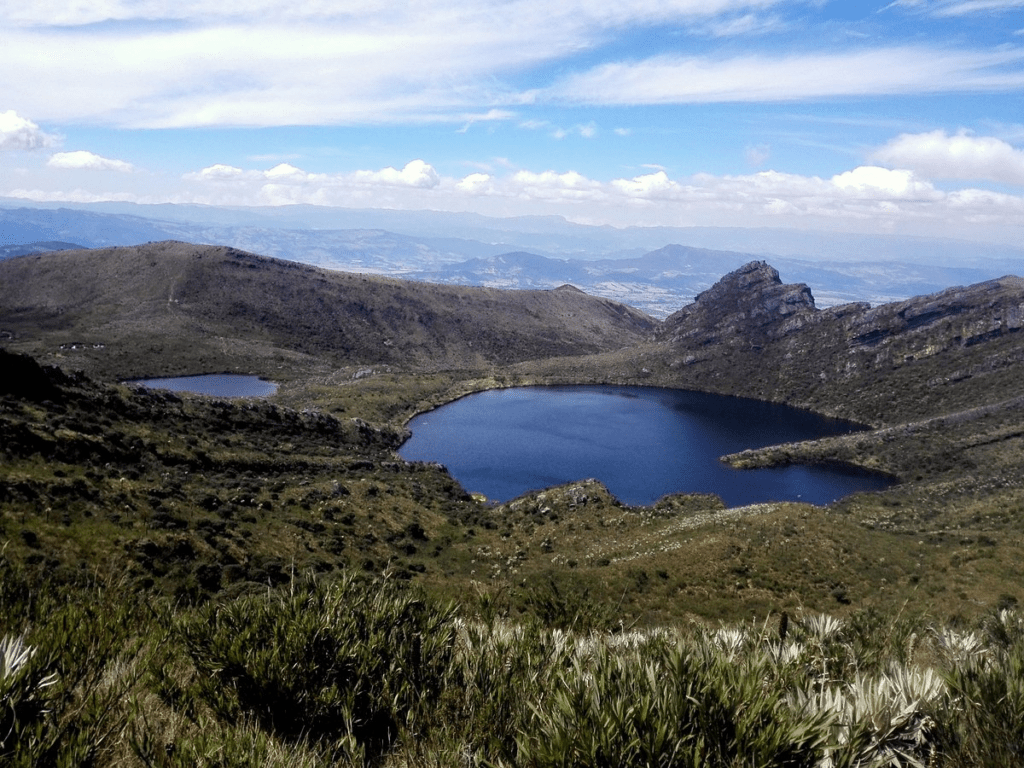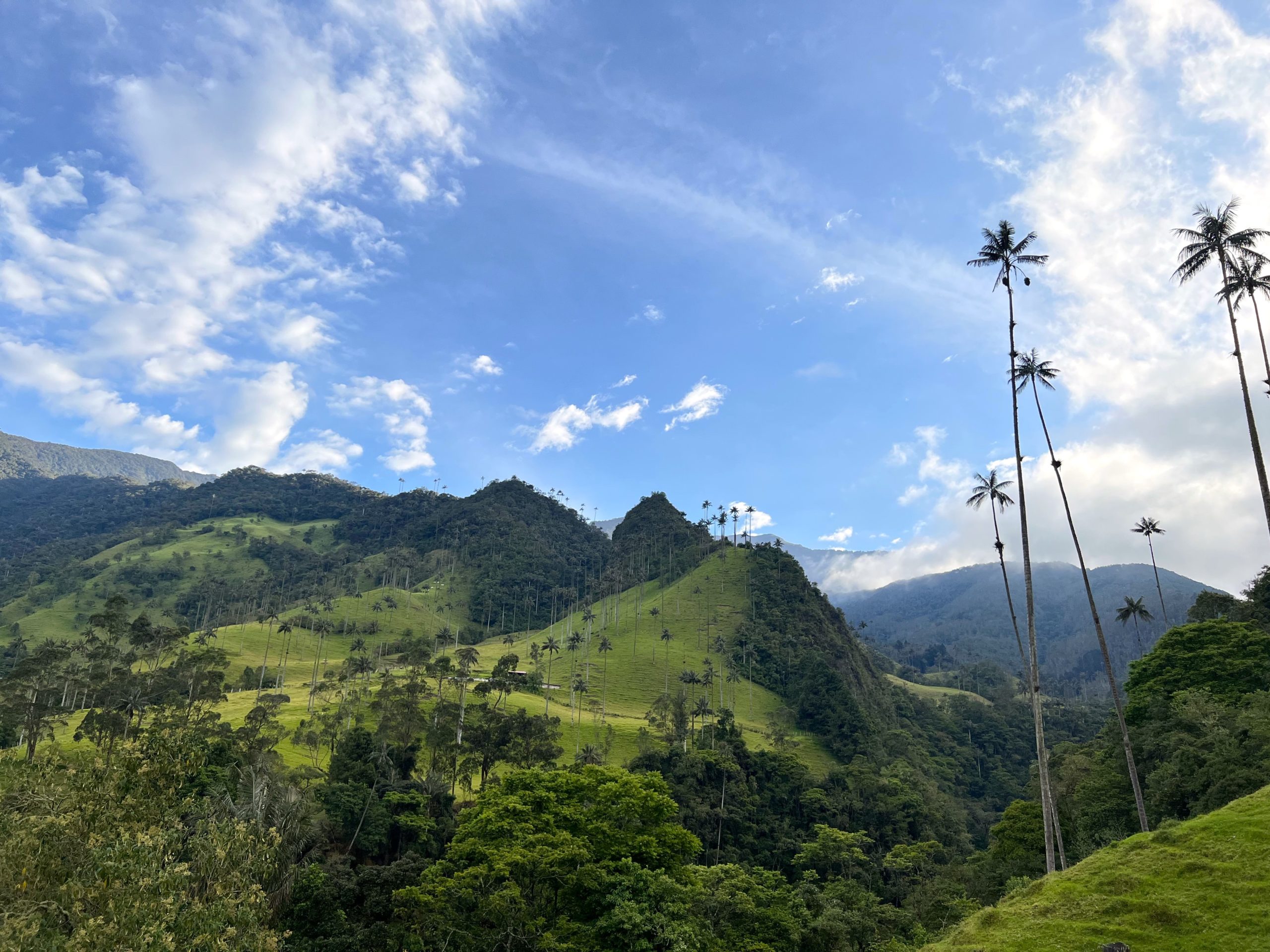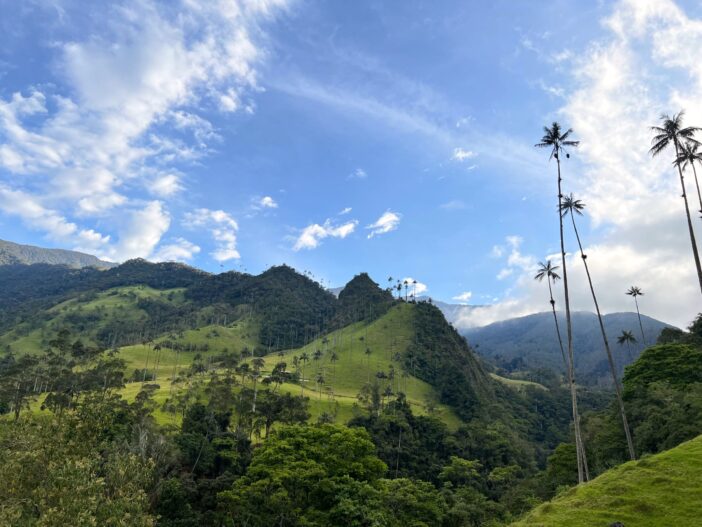Nestled in the heart of South America, Colombia offers an astonishing variety of landscapes and climates, making it a prime destination for hiking enthusiasts. From lush rainforests and towering peaks to serene coastal trails, the country’s diverse terrain promises adventures for every level of hiker. Whether you’re looking to explore ancient ruins, witness unique biodiversity, or simply enjoy breathtaking views, Colombia’s trails offer an unforgettable experience. Here’s a guide to some of the best hikes in Colombia.
Why Visit Colombia
Visiting Colombia offers a unique and enriching experience for several reasons, ranging from its vibrant cultural diversity to its breathtaking natural landscapes. Here are some compelling reasons why Colombia should be on your travel list:
1. Diverse Landscapes
Colombia is one of the most biodiverse countries in the world, boasting everything from lush rainforests and towering mountains to serene beaches and deserts. The variety in geography allows for numerous outdoor activities, including hiking, bird watching, diving, and surfing. Regions like the Amazon Rainforest, the Andes Mountains, and the Caribbean and Pacific coastlines offer unique natural wonders that cater to all tastes and interests.
2. Rich Cultural Heritage
Colombia’s history is a tapestry woven from indigenous, Spanish, African, and other international influences. This blend is reflected in its music, dance, festivals, and arts. Cities like Cartagena, Bogotá, and Medellín are cultural hubs where you can experience vibrant festivals like the Carnival of Barranquilla or the Flower Festival in Medellín. The country’s archaeological sites, such as the pre-Columbian statues in San Agustín and the Lost City, offer a glimpse into its ancient civilizations.
3. Welcoming People
Colombians are renowned for their hospitality and warmth, making visitors feel welcome with their friendly demeanor and eagerness to share their culture. This welcoming atmosphere makes for an inviting travel experience, where interactions with locals can be a highlight.
4. Exquisite Cuisine
Colombian cuisine is as diverse as its landscapes, influenced by regional traditions and available local ingredients. From the coastal seafood dishes like ceviche and fish with coconut rice to the hearty Andean fare such as arepas, tamales, and bandeja paisa, the food is flavorful and diverse. Colombia is also one of the world’s leading coffee producers, offering some of the finest brews you can enjoy right in the heart of its coffee-growing region.
5. Vibrant Cities and Tranquil Villages
Each Colombian city has its own personality and offerings. Bogotá, the bustling capital, offers museums, galleries, and a thriving nightlife. Medellín, once notorious, now shines as a city of innovation with its lush parks and modern metro system. Meanwhile, smaller towns like Villa de Leyva or the colorful streets of Guatapé provide peaceful retreats and a chance to see Colombia’s slower-paced side.
6. Affordability
Colombia is generally affordable for travelers, offering good value in terms of accommodation, transportation, food, and entertainment compared to many other destinations. This affordability makes it possible to enjoy a longer stay or indulge in more experiences during your visit.
7. Adventure and Ecotourism
For adventure seekers, Colombia provides ample opportunities, from Amazon jungle expeditions and river rafting to paragliding over the Andean valleys. The country is also a leader in ecotourism, promoting sustainable travel experiences that help conserve the environment and benefit local communities.
Essential Hikes
1. Cocora Valley
Located in the coffee region of Quindío, the Cocora Valley is home to the towering wax palm, the national tree of Colombia. This surreal landscape mixes rolling green hills with these majestic palms, creating a scene that feels almost prehistoric. Hikers can choose from several trails, the most popular being a loop that includes the cloud forest and offers opportunities for bird watching and enjoying the lush biodiversity of the region.
2. Lost City (Ciudad Perdida) Trek
This challenging 4-day trek takes you through the dense jungle of the Sierra Nevada de Santa Marta, one of the world’s highest coastal ranges. The path leads to the ancient ruins of Ciudad Perdida, a mysterious city built by the Tayrona civilization around 800 CE, predating Machu Picchu by several centuries. The trek not only offers a historical allure but also a chance to interact with indigenous communities still living in the area.

3. Tayrona National Natural Park
For those who enjoy coastal scenery, Tayrona National Park offers a compelling blend of tropical beaches and jungle trails. Hikes in Tayrona can vary from short walks to more extensive treks across its vast 150 square kilometers. One of the most scenic routes is the hike to Cabo San Juan, a picturesque beach that is well worth the journey. The park is also a hotspot for spotting wildlife, including monkeys, iguanas, and a plethora of bird species.
4. Nevado del Ruiz
For the more adventurous, hiking Nevado del Ruiz presents a more demanding challenge. This active volcano in the Colombian Andes reaches an altitude of over 5,300 meters (17,400 feet). The trek usually involves a pre-dawn start and can include walking on snow and ice, so it’s advised for experienced hikers. The reward is panoramic views of the surrounding landscape and the experience of walking on one of the few snow-capped peaks near the equator.
5. Chingaza National Park
Just a few hours from Bogotá, Chingaza National Park is a haven for those looking to enjoy serene paramo ecosystems without venturing too far from the capital. The park features numerous lakes, vast moorlands, and the opportunity to spot the elusive spectacled bear. Trails vary in difficulty, offering options for casual day-trippers as well as more serious trekkers.
Practical Tips for Hiking in Colombia
- Climate Variability: The weather can change dramatically within a single day. Layered clothing is essential.
- Stay Hydrated: Especially in higher altitudes and humid jungles, it’s crucial to keep hydrated.
- Guide Services: For longer treks, especially in remote areas like Ciudad Perdida, hiring a guide is mandatory and can also enhance the experience with local insights.
- Respect Nature and Culture: Many trails pass through or near indigenous lands. It’s important to be respectful of local customs and environmental guidelines.
Hiking in Colombia can be as diverse as the country’s own cultural fabric. Each trail offers a unique window into the natural beauty and historical depth of this vibrant nation. Whether wandering through the cloud-kissed forests of Cocora Valley or stepping back in time on the trek to Ciudad Perdida, Colombia promises a rich tapestry of experiences that beckon travelers to keep exploring.

Exploring Safety in Colombia: Tips for Travelers
Colombia’s reputation has undergone a significant transformation in recent years. While its past is marked by civil unrest and violence, today, Colombia is largely considered safe for tourists, with local governments and communities heavily invested in promoting tourism and ensuring the security of visitors. However, like any travel destination, it’s important to take precautions to ensure a safe and enjoyable trip. Here are some practical tips on staying safe while traveling in Colombia.
1. Research Your Destinations
Before you travel, familiarize yourself with the areas you plan to visit. Some regions of Colombia are safer than others. Major cities like Bogotá, Medellín, and Cartagena have invested heavily in tourist safety, but it’s always wise to check the latest travel advisories from your government and stay informed about any areas that are best avoided.
2. Use Reputable Transportation
Opt for official taxis or reputable ride-sharing apps like Uber or Didi, which are widely used in major cities. When traveling between cities, it’s best to use well-known bus companies or domestic flights, especially in regions where road safety and security can be a concern.
3. Be Cautious with Valuables
Avoid displaying expensive jewelry, cameras, or smartphones in crowded areas. Petty theft can be a problem in busy urban centers, particularly in tourist areas and public transport. Consider using a money belt or a theft-proof backpack to keep your valuables secure.
4. Stay Connected
Keep a local SIM card with data on your phone to ensure you can access maps and emergency services at any time. Apps like WhatsApp are widely used in Colombia for communication, including by hotels and tour services, making it easier to stay in touch and navigate your surroundings.
5. Follow Local Advice
Hotel staff, tour guides, and local friends are great resources for up-to-date advice on safety, areas to avoid, and travel tips that only locals might know. Always heed their advice, especially when it comes to local customs and safety precautions.

6. Travel Insurance
Always travel with insurance that covers medical emergencies, theft, and trip cancellations. This is particularly important in Colombia, where you might be engaging in activities such as hiking in remote areas or visiting regions with varying levels of medical facilities.
7. Emergency Numbers
Keep a list of emergency contacts, including local emergency services (123 is the general emergency number in Colombia), your embassy, and contacts at your accommodations. Knowing whom to call in an emergency is essential.
8. Health Precautions
Depending on where you plan to travel in Colombia, vaccinations such as Yellow Fever might be recommended or required. Malaria prophylaxis may also be necessary for certain rural areas. Always check with a travel clinic before your trip.
9. Avoid Night Travel
Traveling at night, especially in less populated or rural areas, can increase risks. Plan your travels so that you arrive at your destination before dark, and avoid unknown areas at night.
10. Respect Local Customs
Understanding and respecting local customs and laws can go a long way in ensuring a positive relationship with local residents and authorities. This includes dress codes in certain areas and local laws around alcohol consumption and public behavior.
While the thought of traveling to Colombia can be daunting given its historical context, many travelers find it a rewarding and enriching experience. With the right precautions and preparations, you can safely enjoy the vibrant culture, stunning landscapes, and warm hospitality that Colombia has to offer.

